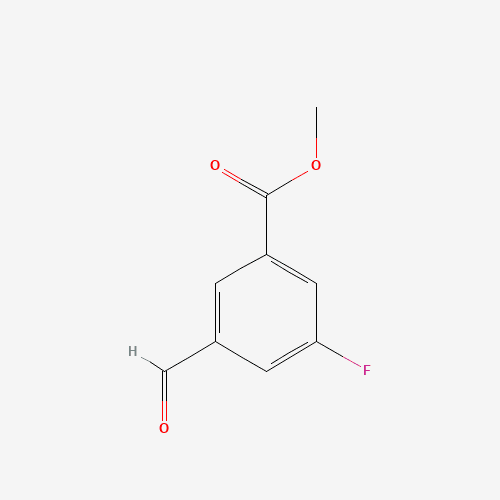Create
- Home
- triangular magnetic stirring bars, provides strong turbulence at low speeds suitable for churning sediments or dissolved solids

triangular magnetic stirring bars, provides strong turbulence at low speeds suitable for churning sediments or dissolved solids
Description :






![methyl 3-[2-(chloromethyl)-1,3-oxazol-5-yl]propanoate, 95% methyl 3-[2-(chloromethyl)-1,3-oxazol-5-yl]propanoate, 95%](https://chembeez.com/adminapi/uploads/supliers/135/products/Chem-414391.webp&w=1080&q=75)




